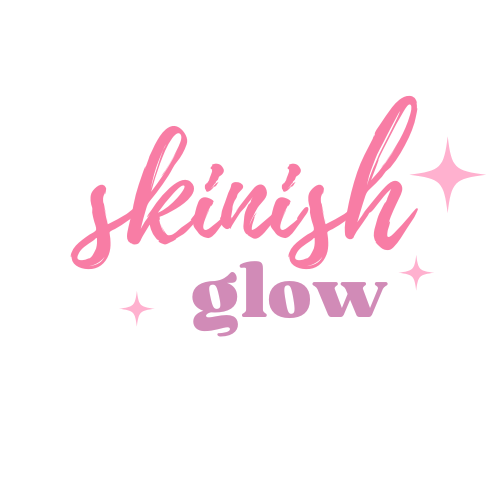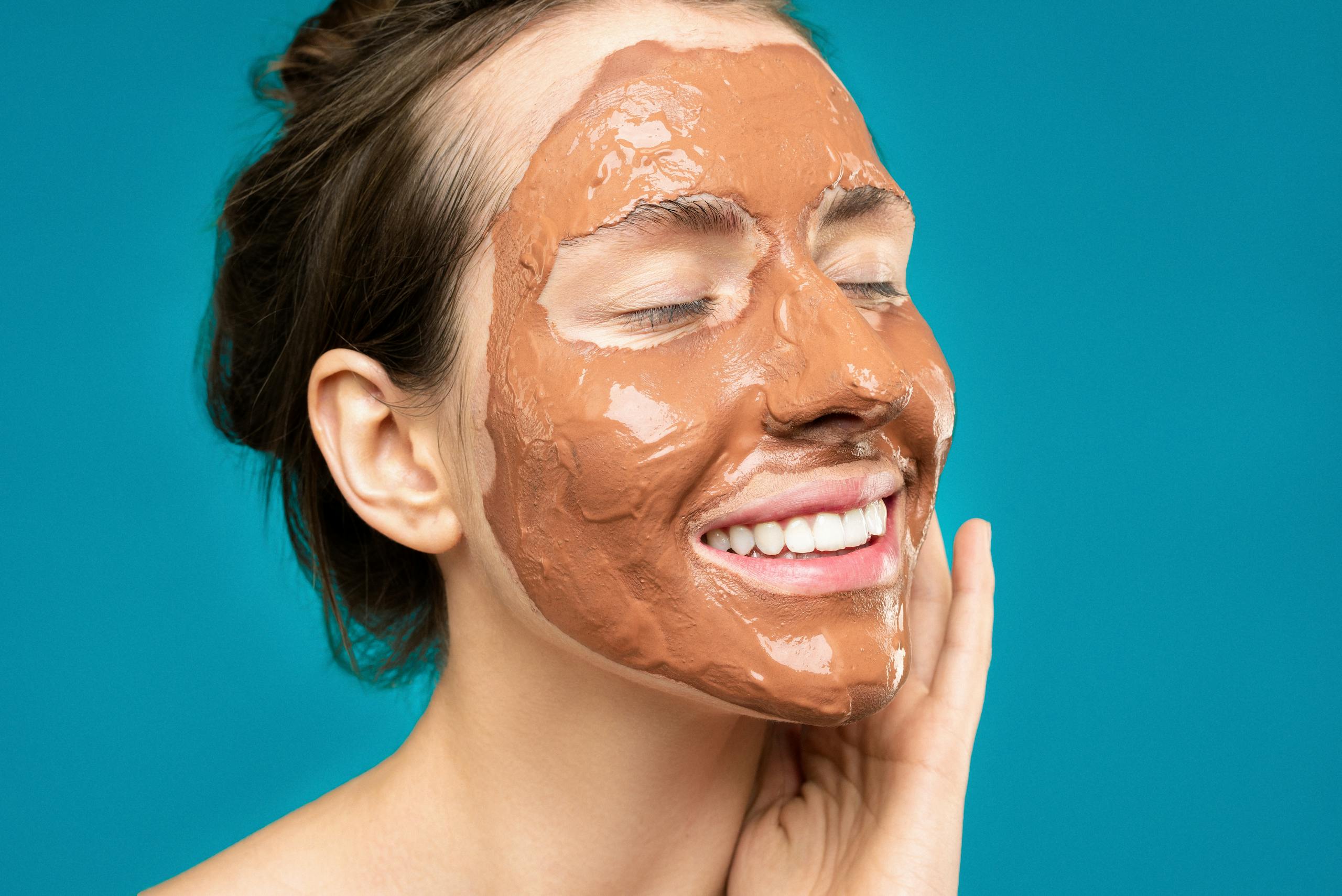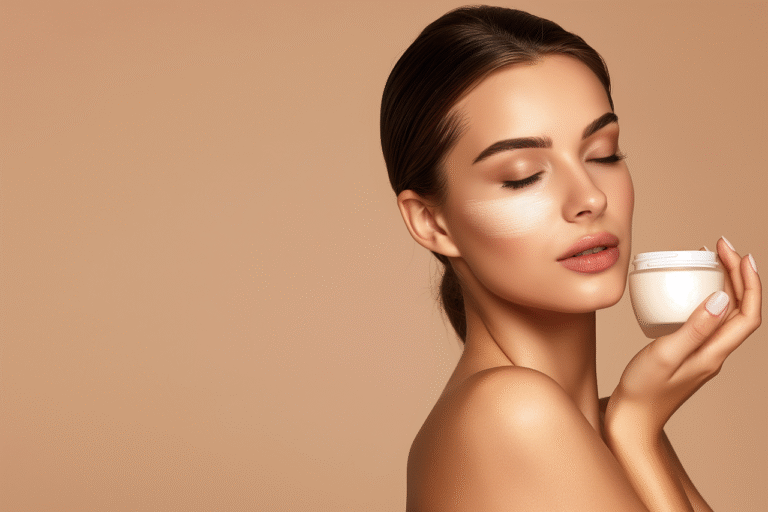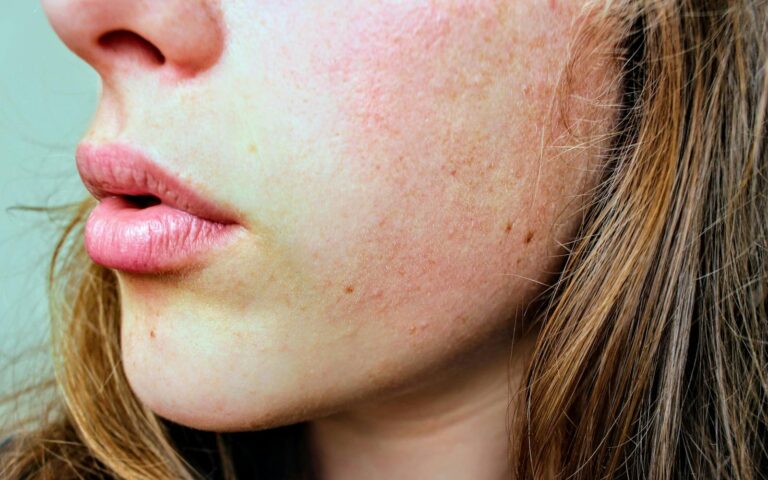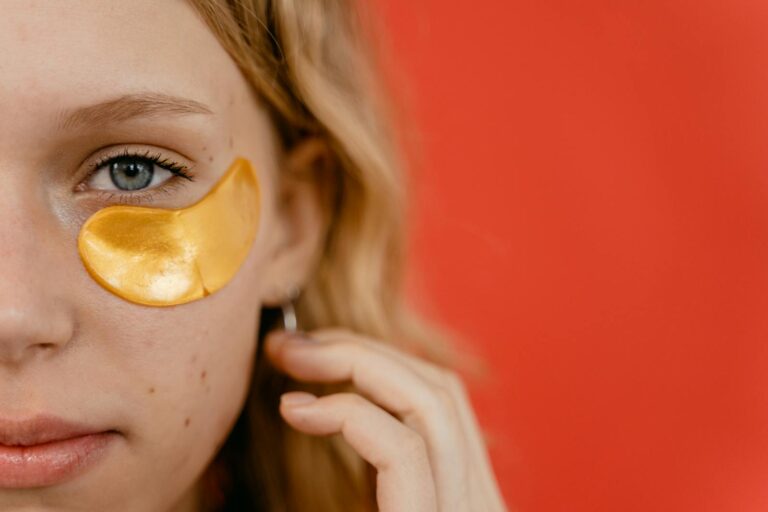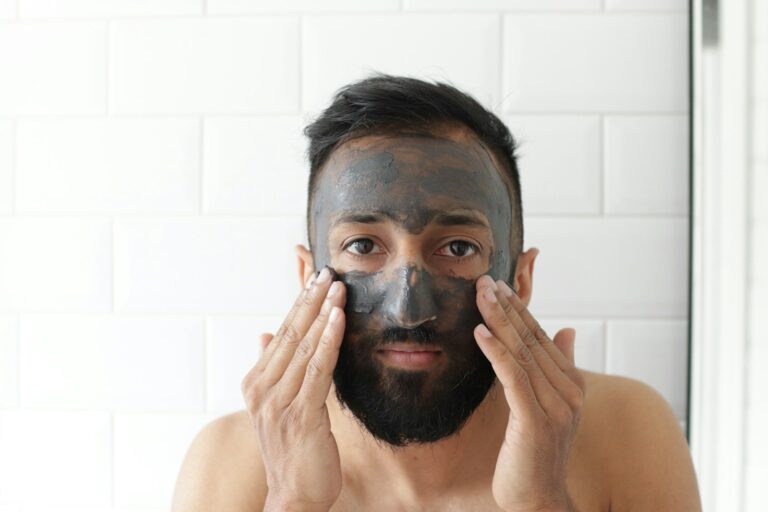Many individuals experience breakouts around the jawline, a troubling area often linked to various factors. Understanding the potential causes of your acne can help you take appropriate measures to address it. Common reasons include hormonal fluctuations, stress, and even specific skincare products that may not suit your skin type. Additionally, habits like touching your face frequently or wearing tight accessories could contribute to your skin troubles. By identifying and rectifying these factors, you can work towards achieving clearer skin and improved overall skin health.
The Hormonal Connection: Understanding Jawline Acne
How Hormonal Fluctuations Trigger Breakouts
The relationship between hormones and skin health is profound, particularly regarding jawline acne. Hormonal fluctuations, especially those linked to menstrual cycles, pregnancy, or stress, can lead to increased oil production in your skin. This excess sebum, combined with dead skin cells, creates an ideal environment for acne-causing bacteria to thrive. For many women, cyclic hormonal changes can lead to spikes in testosterone, which can aggravate this overproduction of oil, often resulting in painful, inflamed breakouts along the jawline.
The Role of Androgens in Skin Health
Androgens, a group of hormones that include testosterone, play a pivotal role in skin health and acne formation. While both men and women produce androgens, elevated levels of these hormones can lead to increased oil gland activity. In fact, studies have shown that higher androgen levels are often found in patients suffering from acne, especially those experiencing breakouts in hormonal areas like the jawline. Androgen receptors in the skin respond to these hormones, ultimately triggering a cycle that can lead to clogged pores and subsequent acne.
What’s more, the interplay between androgens and other hormones, such as estrogen and progesterone, influences your skin’s condition. During certain phases of your menstrual cycle, for example, a dip in estrogen can lead to a relative increase in androgens, which may explain why you experience more breakouts at certain times. Understanding this balance is key to addressing your jawline acne effectively, as targeted treatments can help mitigate the impact of these hormones on your skin.
Lifestyle Influences: Daily Habits that Contribute to Breakouts
Your daily habits play a significant role in the health and clarity of your skin. From the foods you consume to your stress levels, these lifestyle choices can either support or sabotage your skin’s wellbeing. If you often find yourself chasing after the next breakout elimination method, reflecting on your daily routine may reveal some surprising culprits. Sound dietary choices, effective stress-management strategies, and skin-friendly habits can all contribute to a clearer jawline.
The Impact of Diet on Skin Clarity
A diet rich in processed sugars and unhealthy fats is often linked to inflammation and breakouts. These ingredients can disrupt hormone levels, leading to excess oil production in your skin. Foods like dairy and high-glycemic carbohydrates may be particularly aggressive in triggering jawline acne for some individuals. Instead, focusing on whole foods, such as vegetables, lean proteins, and healthy fats, can significantly improve skin clarity. Incorporating foods like salmon, nuts, and avocados, which are high in omega-3 fatty acids, can help reduce inflammation and promote a more balanced complexion.
Stress and Its Connection to Skin Disorders
High stress levels can wreak havoc on your skin, leading to increased oil production and breakouts. Cortisol, the body’s main stress hormone, can trigger a cascade of reactions that promote inflammation, ultimately resulting in acne. When you’re stressed, you might also find yourself neglecting your skincare routine or resorting to unhealthy habits like overeating or irregular sleeping patterns, further aggravating your skin issues. Finding effective ways to manage stress, such as yoga, meditation, or engaging in hobbies, can greatly benefit your skin’s appearance and health.
Moreover, a 2021 study in the *Journal of Investigative Dermatology* revealed a direct correlation between psychological stress and the development of acne in adolescents and adults. The findings show that individuals experiencing chronic stress reported more frequent and severe acne flare-ups around areas such as the jawline. Creating habits that include regular physical activity or mindfulness practices can increase your resilience to stress, thereby promoting clearer and healthier skin.
The Products in Your Routine: Ingredients Causing Issues
The Dangers of Heavy or Comedogenic Formulations
Your skincare and makeup products may unwittingly be contributing to breakouts along your jawline, especially if they contain heavy or comedogenic ingredients. These formulations tend to clog pores, leading to inflammation and acne. Ingredients like mineral oil, certain alcohols, and thick silicones could be the culprits behind persistent breakouts. For instance, while silicone provides a smooth finish in foundations and primers, it can also trap dirt and excess oil on your skin. This can create an environment where bacteria thrive, leading to unwanted blemishes. If you find that your breakouts coincide with using these heavier formulations, revisiting your product choices may be necessary.
The Importance of Non-Acnegenic Labeling
Choosing products that are non-acnegenic can significantly reduce your chances of developing jawline acne. Non-acnegenic products are specifically formulated to help prevent acne and are often lighter and less likely to clog pores. Looking for labels that indicate a product is non-acnegenic means you’re prioritizing your skin’s health. For example, many gels and water-based moisturizers are labeled as non-acnegenic and can provide hydration without leaving your skin feeling greasy. This label can serve as a helpful guideline while shopping, steering you toward options that accommodate sensitive or breakout-prone skin.
Products labeled as non-acnegenic usually have gone through testing to ensure they won’t aggravate existing acne or trigger new breakouts. You’ll want to check ingredient lists even if a product meets this standard, as formulations can still vary widely. For maximum clarity, pair your product choices with a suitable skincare routine that balances cleansing, exfoliation, and hydration, keeping in mind the specific needs of your jawline area, which can be prone to hormonal breakouts.
The Skin’s Defense Mechanism: Analyzing Inflammation
How Inflammation Triggers Breakouts Along the Jawline
Inflammation serves as your skin’s natural defense mechanism, but it can also lead to adverse effects like breakouts, particularly along the jawline. When your body encounters irritants—whether due to stress, hormonal fluctuations, or environmental factors—your immune system goes into overdrive. This response can lead to redness, swelling, and the formation of blemishes. Specifically, the skin around the jawline is particularly prone to inflammation due to its relative thickness and proximity to the lymph nodes, which can swell during systemic inflammation. The result is often clusters of painful cystic acne that seem to appear overnight.
Additionally, the accumulation of dead skin cells and excess oil can exacerbate inflammation, trapping bacteria within the pores. This creates an environment that is ripe for acne development, especially in an area already affected by hormonal changes. When you factor in poor sleep, high-stress levels, and lifestyle choices, the inflammation can become chronic, leading to persistent breakouts that require more than just topical treatments.
The Link Between Dietary Choices and Inflammatory Responses
Your dietary choices significantly influence your body’s inflammatory responses, particularly in relation to skincare. High-glycemic foods, for instance, can trigger spikes in insulin, which in turn increases oil production and may lead to more frequent breakouts along the jawline. Studies suggest that diets rich in refined sugars and unhealthy fats not only elevate your blood sugar but also promote systemic inflammation. For many individuals, minimizing these foods and incorporating anti-inflammatory ingredients—like omega-3 fatty acids found in fatty fish, nuts, and leafy greens—can make a noticeable difference in skin clarity.
A diet rich in antioxidants is also necessary for combatting inflammation. Foods such as berries, avocados, and green tea can help counteract oxidative stress within the body, reducing the likelihood of flare-ups. Moreover, it’s fascinating to note how some individuals find relief from inflammatory acne by making simple dietary adjustments, necessaryly letting their diet act as a natural anti-inflammatory agent. Keeping a food diary to track what you eat and its potential skin impact could be a game-changer in noticing patterns that lead to jawline breakouts.
Seeking Professional Help: When to Consult a Dermatologist
Should you find yourself confronting consistent breakouts around your jawline, seeking advice from a dermatologist is a prudent step. Your skin’s condition may indicate underlying issues that require advanced treatments or diagnostic tests. Many people hesitate to consult with a professional, often hoping for a remedy through over-the-counter solutions. However, professional guidance significantly increases the chance of finding an effective and tailored solution. Conditions such as hormonal imbalances, severe acne, and even certain skin disorders may only be accurately diagnosed through a comprehensive evaluation.
Identifying persistent issues early on can save you extensive time, finances, and emotional distress. When traditional methods fail, a dermatologist can prescribe specialized medication or suggest therapies. Options like chemical peels, laser treatments, or prescription-strength topical formulas are all designed to tackle deep-rooted concerns that standard products might not remedy. Additionally, dermatologists often stay ahead of the curve by implementing innovative treatments, providing you with cutting-edge solutions that promise improved results.
Identifying Persistent Issues and Advanced Treatments
| Issue | Recommended Treatment |
|---|---|
| Hormonal acne | Hormonal therapy or birth control medications |
| Cystic acne | Prescription retinoids or oral isotretinoin |
| Post-inflammatory hyperpigmentation | Chemical peels or laser therapy |
| Persistent eczema or psoriasis | Topical corticosteroids or immunomodulators |
The Benefits of Professional Skincare Regimens
Investing in a professional skincare regimen tailored to your skin type can yield remarkable changes over time. Professionals are not only equipped with the knowledge to select products that suit your specific concerns, but they also understand how to integrate them into a cohesive routine. This personalization often leads to more effective results than randomly trying products on your own. Additionally, constant guidance and follow-up appointments can enhance your ability to maintain healthy skin long after initial treatments.
Custom regimens may incorporate a variety of treatment modalities, from hydrating serums to exfoliating masks, all hand-picked based on your unique skin profile. Regular visits to a skincare professional can facilitate better monitoring of your skin’s progress. This holistic and structured approach ensures any necessary adjustments can be made, optimizing your results and addressing evolving skin challenges promptly.
To wrap up
Upon reflecting on the reasons you might be breaking out around your jawline, it becomes evident that multiple factors could be contributing to your skin concerns. Hormonal fluctuations, particularly during menstrual cycles or times of stress, can lead to excess oil production and the formation of acne. Additionally, your lifestyle choices, such as diet, sleep quality, and skincare habits, play a significant role in the condition of your skin. Stress management and the use of non-comedogenic products could mitigate some of these breakouts as you find a routine that best caters to your unique skin type.
Furthermore, environmental triggers such as pollution or irritants in personal care products may also exacerbate breakouts in this area. By being mindful of the products you apply directly to your skin and adopting a consistent cleansing routine, you can reduce the likelihood of developing jawline acne. Understanding these underlying factors not only empowers you to tackle the problem head-on but also supports you in achieving clearer, healthier skin in the long run.
